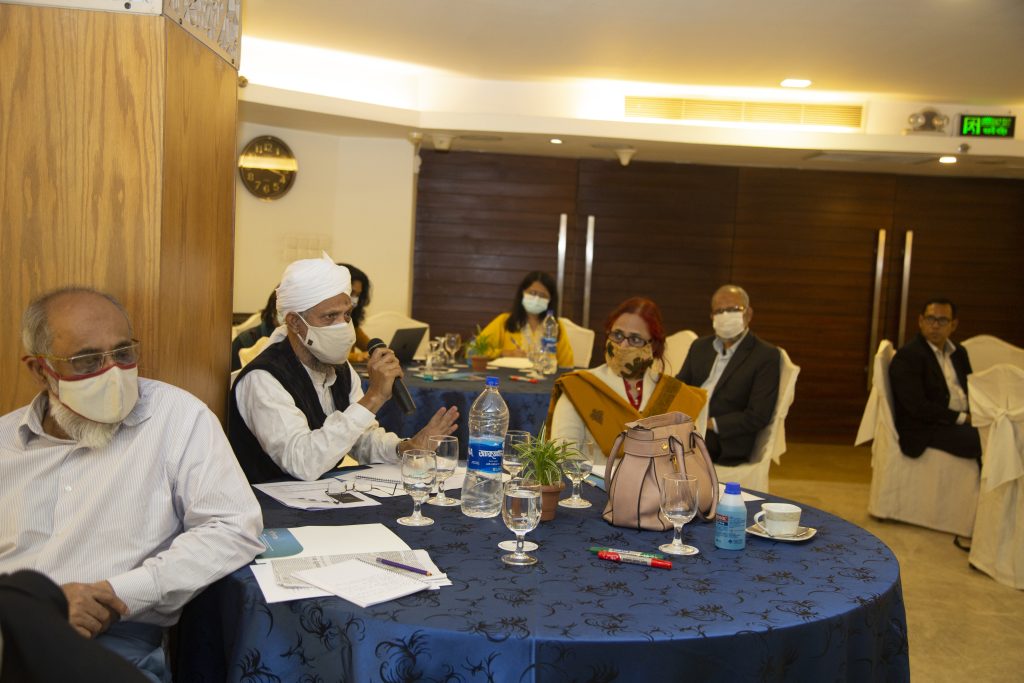Menu
A mixed-methods study to identify best practices from previous integrated health campaigns in Bangladesh.

Polio vaccination, Vitamin A supplementation, deworming
The Bangladesh government’s integration of polio immunization, vitamin A supplementation, and deworming campaigns achieved remarkable success. As a result, the number of polio cases in Bangladesh dropped to zero. This integrated campaign is no longer active, but it offers a wealth of insights for future campaigns.
To identify lessons learned from these efforts, the James P. Grant School of Public Health at BRAC University conducted a mixed-methods study that primarily involved gathering input from stakeholders who assisted with the campaign’s delivery.

In Bangladesh, the integration of polio immunization with vitamin A supplementation and deworming campaigns was so successful that the country eliminated polio among residents. In collaboration with partners, the Bangladesh government delivered these interventions through national immunization day events, which took place in school settings.
With the attainment of a polio-free population, Bangladesh discontinued the National Immunization Days in 2014. Vitamin A supplementation and deworming treatment are now delivered as separate campaigns. While the co-delivery of these interventions is no longer necessary, it is important to capture promising practices and lessons learned through the integrated campaign, as this knowledge will inform future campaigns.
The objectives of this study were to:

To document best practices that emerged from the integration of polio vaccination, vitamin A supplementation, and deworming campaigns in Bangladesh, researchers gathered stakeholder feedback on the components and impacts of this integrated campaign. The findings illustrate that with proper planning and implementation, integrated mass vaccination campaigns can expand the reach of all the interventions involved.
Scroll down for more key findings.